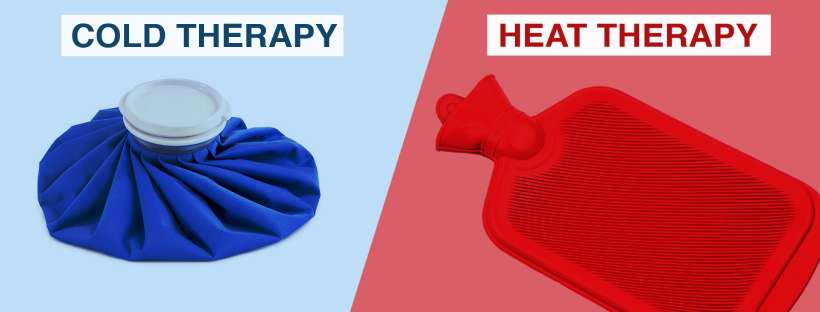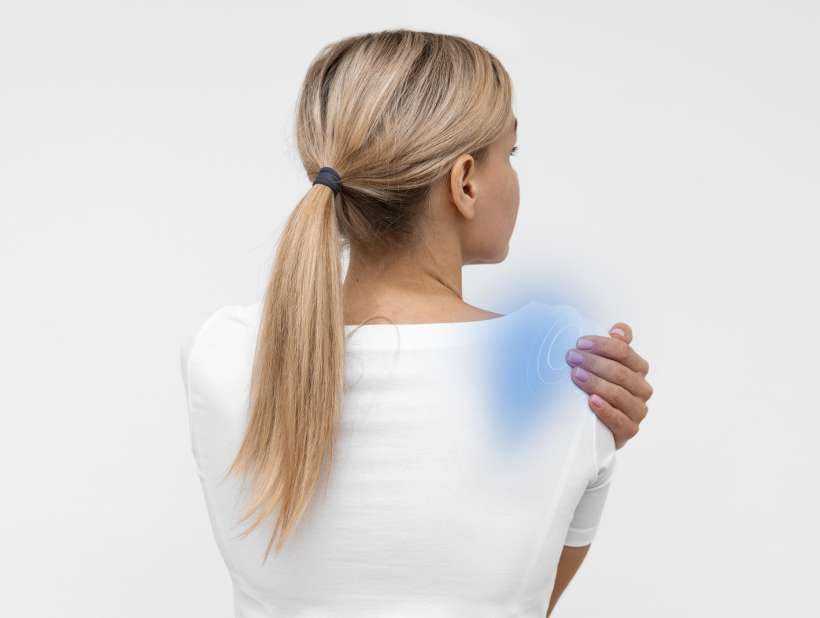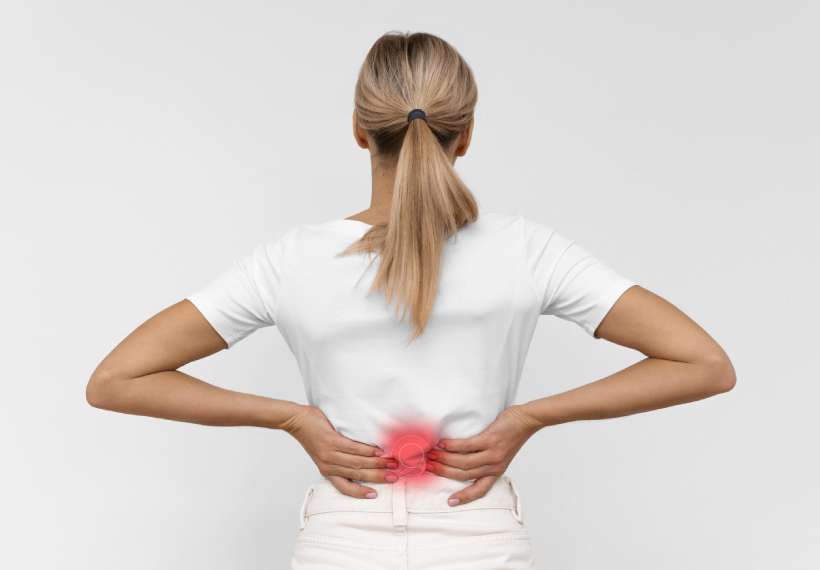From a soothing hot water to a bag of frozen peas, many of us choose either warm or cold therapy to relieve the pain.
But do you actually know which is best for your pain?
Here is an overview of the symptoms that heat or cold can help with. The use of heat or cold can relieve discomfort.
However, it is important to know which method is the right one for the pain, stiffness, swelling so that the inflammation can be relieved more quickly.

What is Cold Therapy?
Cold therapy, also known as cryotherapy means the application of cold to the body tissues after injury.
This practice is as old as medicine itself.
When we talk about cold therapy we usually mean the use of ice or cooling gels that we keep in the refrigerator.
Cold therapy reduces blood flow to the applied area, slows the rate of inflammation and reduces the risk of swelling and tissue damage.
Although the treatment often feels unpleasant at first, it can also numb the pain.
When and How to Use Cold Therapy?
Putting ice or gel packaging directly on the skin will help reduce the pain, but there is also a chance that you will damage the skin.
To avoid any skin damage it is best to wrap the frozen object in a towel to protect the skin from direct cold.
The best way to use cold therapy is for short periods of times, no more then 20 minutes, several times a day.
Cold therapy is the best if you want to treat acute injuries and pain to lower inflammation and swelling. This might include a variety of injuries, such as sprains and other injuries to the joints or tendons.
It should be used up to five days after an injury to help keep swelling and inflammation down.
Cold therapy can also be helpful in the cases of arthritis, gout, and it can even help with headaches and migraines.

When Not to Use Cold Therapy?
You shouldn’t be using cold therapy for attempting to treat any chronic type of injury, and you shouldn’t use cold therapy on stiff joints or muscles, and you should also avoid using it if you have poor circulation.
What is Heat Therapy?
Whether you take a warm bath or use a hot water bottle wrapped in a towel, warmth is good whenever the blood flow is poor.
It causes the blood vessels to expand, which stimulates blood circulation and thus helps to renew damaged tissue.
In addition, warmth contributes to the relaxation of aching muscles and to the relief of muscle spasms and stiffness.

When and How to Use Heat Therapy?
There are two different types of heat therapy and they include, dry heat, such as electric heating pads or pillows and saunas, that draw out moisture from the body and may leave the skin a little dehydrated, and there is also moist heat, such as hot baths, steamed towels or moist heating packs.
Many professionals argue that moist heat therapy works better than dry heat because the moist heat can heat the tissue ‘more deeply’, allowing more blood flow and better results.
A specific type of heat therapy may vary from one person to another, and it may require some experimentation to figure out which one works best for you.
Whether you are using dry or moist heat therapy, the heat source should be warm, not extremely hot, and the therapy should not last longer than 20 minutes.
When applied directly to the skin, make sure that it does not suffer burns by wrapping the heat source in a thin towel.
Heat therapy is suitable for chronic conditions that have been going on for at least a week, or for muscle and joint problems that you have suffered for months or years, such as arthritis, fibromyalgia or sciatica.
In these cases, blood circulation is often disrupted due to scar tissue, compressed blood vessels or damaged nerves.
Heat also helps with chronically stiff joints such as long-term neck and back pain.
When Not to Use Heat Therapy?
You shouldn’t be using heat therapy after a certain activity, and you shouldn’t be using heat after an acute injury.
You should also know to never use heat where swelling is involved because swelling is caused by bleeding in the tissue, and heat just draws more blood to the area.
